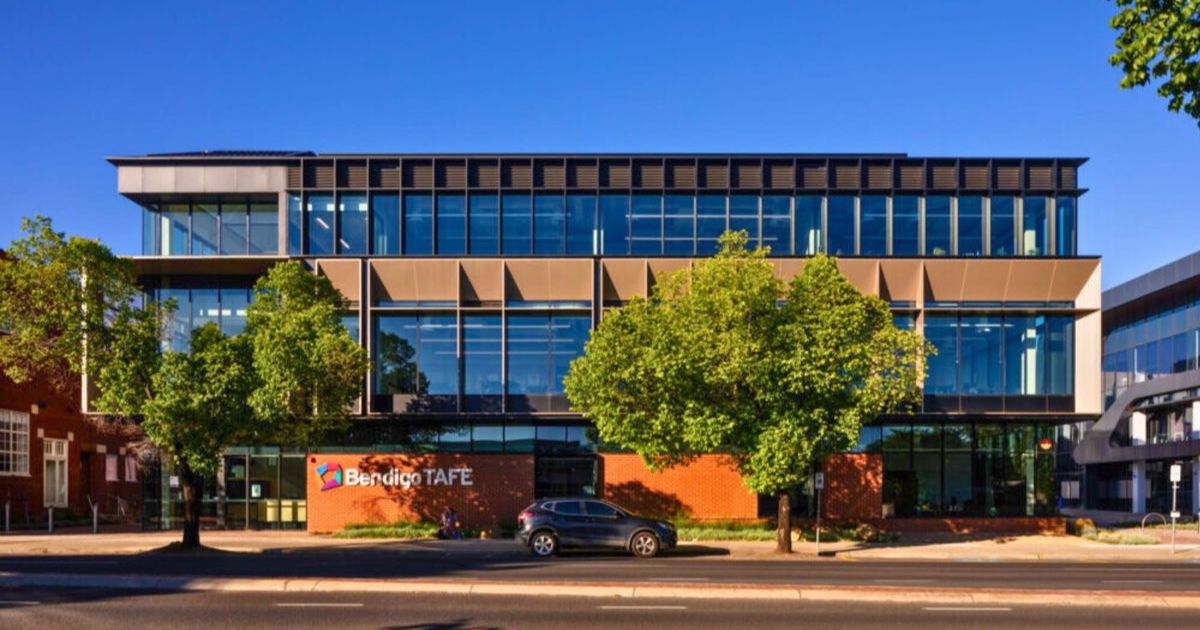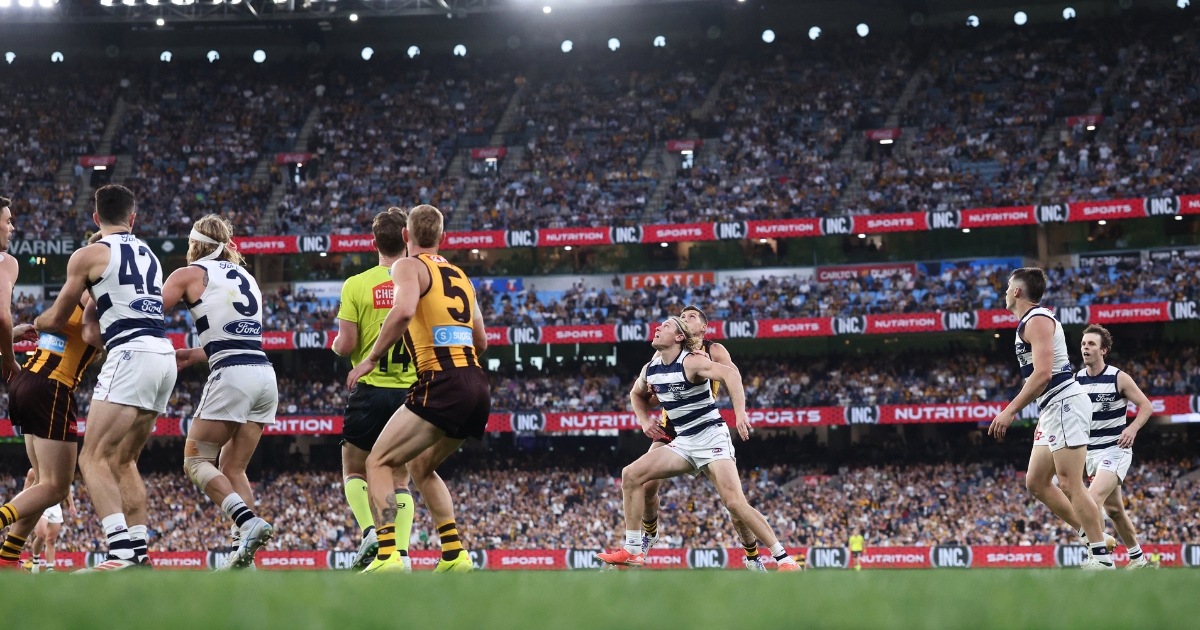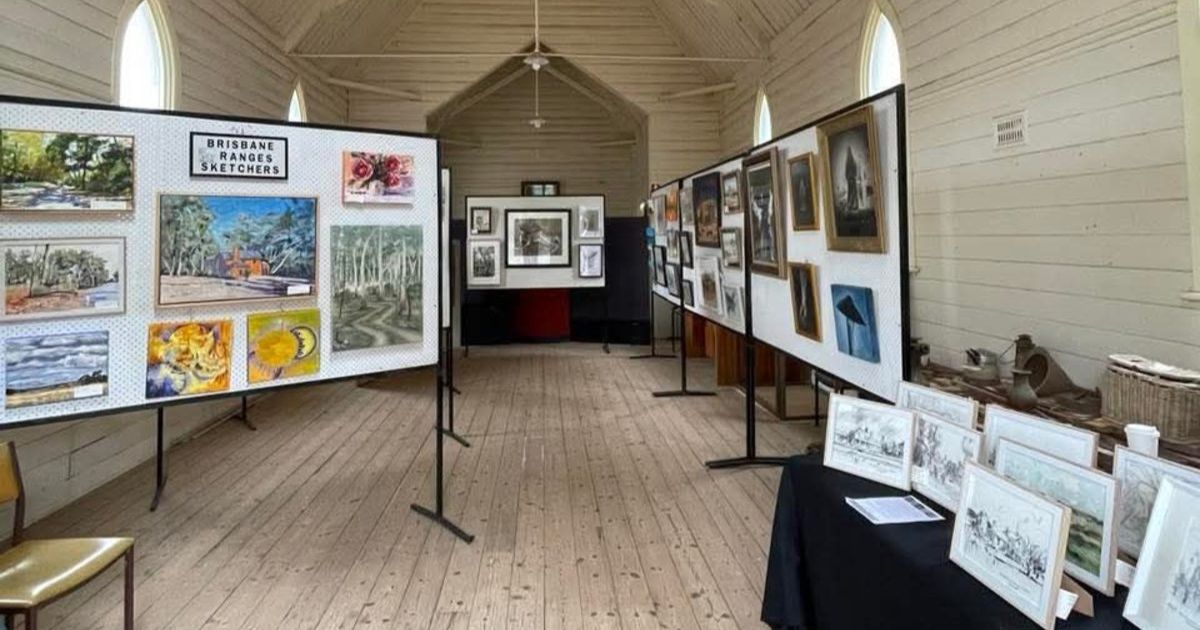Solar systems and open spaces

Access for all: Judith Bailey with the Federation-Adcock telescope which can magnify an image at least 140 times. Photo: EDWINA WILLIAMS
![]()
JUDITH Bailey fondly remembers helping her horticulturalist father as a child.
“He grew flowers and I loved them. There was nothing more beautiful than sitting in a row of poppies, picking them, or cornflowers,” she said.
“I’ve always loved the environment and been fascinated by plants.”
Living on large properties, the space around and above Ms Bailey has kept her curious.
“My first memory of the sky is when I was walking home from school and I observed a cold front moving in from the south,” she said.
“I would have only been in kindergarten. I thought a blanket was being pulled over and night was going to come. That’s how I interpreted the solid bank of cloud slowly coming in.
“Even at a young age, I was observing.”
Training as a teacher, Ms Bailey later worked in home care and with disabled children, but as a lifelong learner, her real passions have been nature and space.
In these love affairs, she’s found communities.
Nominated as one of Zonta Ballarat’s Great Women for 2020, Ms Bailey lives a volunteer lifestyle which expanded following a most challenging human experience.
“In 1991, we lost one of our children,” she said. “Grief is a peculiar thing and through grief, you have to have a focus. I knew that in myself.
“When you suffer a situation like that, the best way to work with it is to throw yourself into something and that’s what I did.”
Already a member of the Ballarat Astronomical Society, a green-thumbed Ms Bailey joined the Friends of the Ballarat Botanical Gardens.
One of the group’s first ever growing convenors, she is a life member, past president and former secretary. When Friends of the Buninyong Botanic Gardens launched, she committed to them.
She’s secretary of the International Dark-Sky Association Victoria, administrator for the Friends of Lake Wendouree Natural Environment and president of the Clarendon Community Hub.
Also part of the Ballarat Field Naturalists, Ms Bailey is in Friends of the Canadian Corridor, Bird Life Australia Ballarat Branch, Friends of Brisbane Ranges and Buninyong Historical Society.
But within the last 35 years, Ms Bailey has given most of herself to the Ballarat Municipal Observatory and Museum site. Essentially, its management is her forte.
A “jack of all trades,” she replenishes hand towels, sweeps paths, takes bookings, gives lectures and runs viewing nights, but there are some achievements she’s especially proud of.
“We secured Steven Slater who was the archivist for the Apollo 11 movie. He came along to Ballarat last year for Science Week,” she said.
“In 1999 the Federal government announced community grants… We thought building a telescope with disability access would be the way to go and Barry Adcock volunteered to design it.”
In 2001, the Federation-Adcock telescope opened after two years of construction.
“We have the first disability telescope in Australia, it’s fantastic. It was a tremendous, satisfying project because it’s brought the observatory into equal access for all,” Ms Bailey said.
Partnerships with Swinburne University, and the Ballarat International Foto Biennale have also been a highlight, encouraging disciplines to cross in harmony.
Soon, she will step back from management duties on Mount Pleasant, but not from observing.
There’ll be more time for gardening, piano, reading, and watching wildlife. A hunger for knowledge will be fed.
“If you don’t use your brain, you lose it. One should always strive to find out more. Keep your mind open to new ideas and try to find out from the primary source,” Ms Bailey said.
“The moon is just sitting in space, there’s nothing propping it up. To look through a telescope and have that first-hand experience, it’s a primary source.
“It helps to ground people and understand the enormity of space. It gives me a lot of satisfaction.”


















